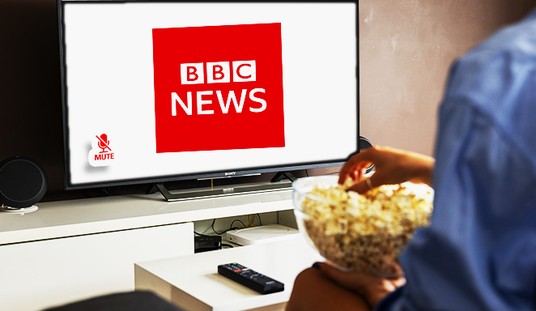The New York Times and press outlets which hang on the Old Gray Lady’s every syllable have proven unwilling to report some news painting the Obama administration in an unflattering light.
Consider Van Jones and Acorn’s “pimp” scandal exhibits Y and Z.
The evidence of liberal media bias, by this point, is too overwhelming to deny. CNN went so far as to “fact-check” a Saturday Night Live skit which dared to taunt President Barack Obama.
If it were a court case — the public versus the MSM — the defendant would settle out of court. Gladly.
Some MSM outlets will never acknowledge their biases. Consider the pathetic defenses raised by New York Times managing editor Jill Abramson over the paper’s Van Jones coverage — or lack thereof.
“We were understaffed that weekend,” she said.
It’s not hard to imagine both liberal and conservative news consumers spitting out their coffee after reading Washington Post TV critic Tom Shales’ curious defense of confessed child rapist Roman Polanski during an online chat:
There is, apparently, more to this crime than it would seem, and it may sound like a hollow defense, but in Hollywood I am not sure a 13-year-old is really a 13-year-old.
So what’s next? The battle lines in exposing media bias are drawn. It’s the MSM vs. talk radio, portions of the web, Fox News, and the Washington Times (to which I contribute occasionally as a features reporter).
The problem is clear. The solution? Far less so.
Here are some practical steps the public can take to keep up the battle against biased media:
1. Pen a letter to the editor. Yes, it sounds old-fashioned, but letter pages still go out of their way to present both sides of many stories. It’s one of the few media templates that are worth keeping as newspapers head toward a 21st century reboot. There’s a chance your local paper will print your letter, and an even better bet that someone of importance will at least give it a look.
2. Cancel your subscription. This is the most basic way to fight back against media outlets that refuse to be impartial. Write a civil letter to end your subscription, telling the recipient exactly why you’ll be spending your media dollars elsewhere. If the letter doesn’t have an impact, your cancellation will.
3. Lean on social media. See an article or YouTube clip that shrewdly dissects the media’s bias? Share it via social media. Link to in on Facebook. Stumble the webpage in question via stumbleupon.com. Use your Twitter account — relying on tinyurl.com to shrink the link to make it fit the 140-character limit. Do so without being confrontational or aggressive, and save the shout-outs for the best articles. Stories that go viral can impact our culture.
4. Keep media watchdogs honest. You might visit your favorite blogger each day, eager to read the latest MSM smackdown. But bloggers are human, too. Keep them honest. If they make a mistake or overstate a case of media bias, let them know. Respectable bloggers will welcome the information and change their posts accordingly. It serves no one if the media watchdogs are making some of the mistakes the mainstream reporters too often do.
5. Support the bias watchers. Many people track media bias from the comfort of their own homes — and that means they get very little, if any, pay for it. If those sites have advertising, consider supporting their sponsors — or even hitting the cyber tip jar if one exists.
6. Challenge progressive talk radio. The Air America experiment continues despite low ratings, but the liberal radio network isn’t the only source of progressive chatter. Try calling up the local liberal talker in your town and debate him or her on media bias. Stay calm, have your facts lined up, and listen to what he or she says in response. Not every host will treat you with civility, something true on both sides of the radio spectrum, but standing your ground and being courteous on air is one way to get your message across. It also might be the first time some listeners hear the media bias argument.
7. Enlist friends and family. Here’s the diciest tip of the lot. Pointing out media bias to those closest to you can start an ideological fire fight. And that doesn’t serve anyone’s interests. Instead, bring up glaring examples with caution, pointing out the facts in the situation and letting the other person debate the matter from the media’s point of view. And be patient. It will take a while to make an impact.
The goal here isn’t to transform the media into a right-wing cheering section. It’s to ensure all the pertinent news reaches the public — unfiltered.
Media consumers can make up their own minds from there.









Join the conversation as a VIP Member